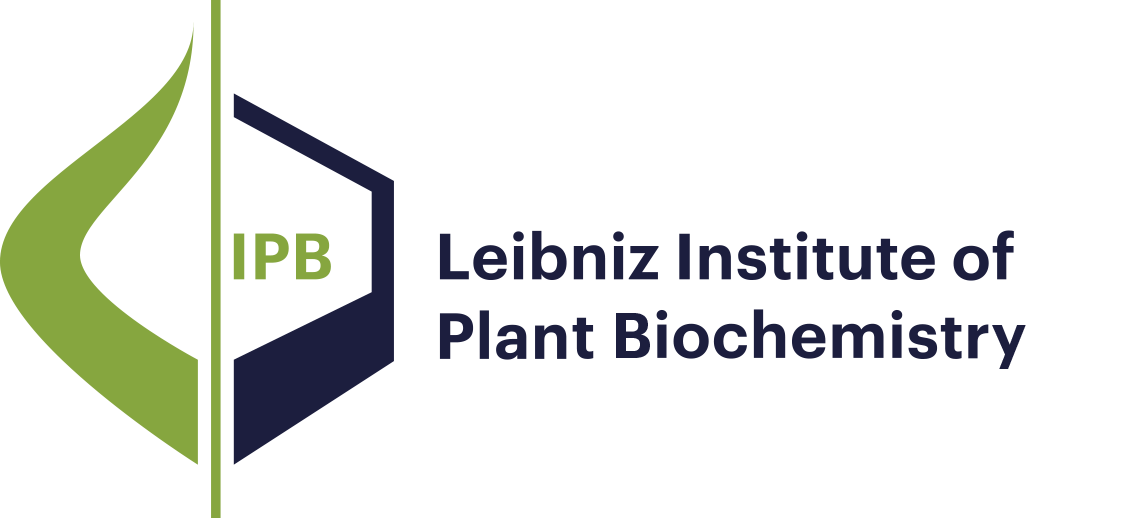Publications - Cell and Metabolic Biology
- Results as:
- Print view
- Endnote (RIS)
- BibTeX
- Table: CSV | HTML
Books and chapters
Books and chapters
Preprints
Preprints
Publications
Publications
Publications
Publications
Publications
Publications
This page was last modified on 27 Jan 2025 .

